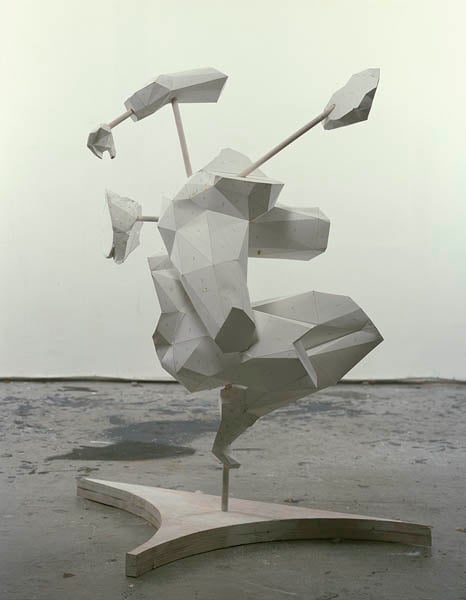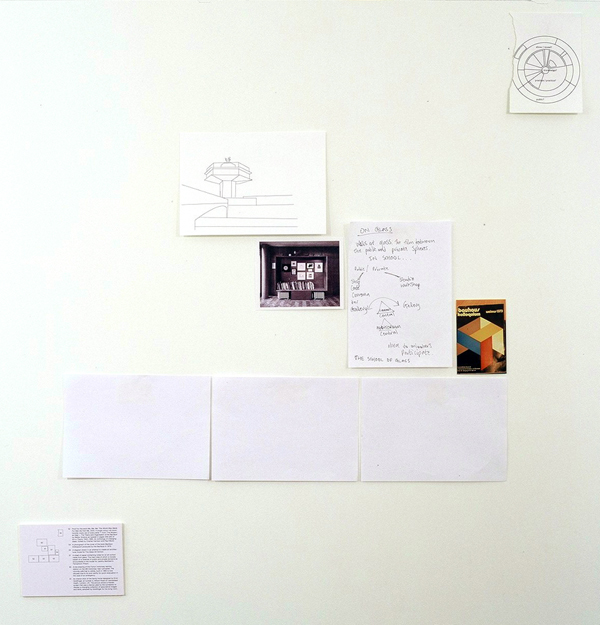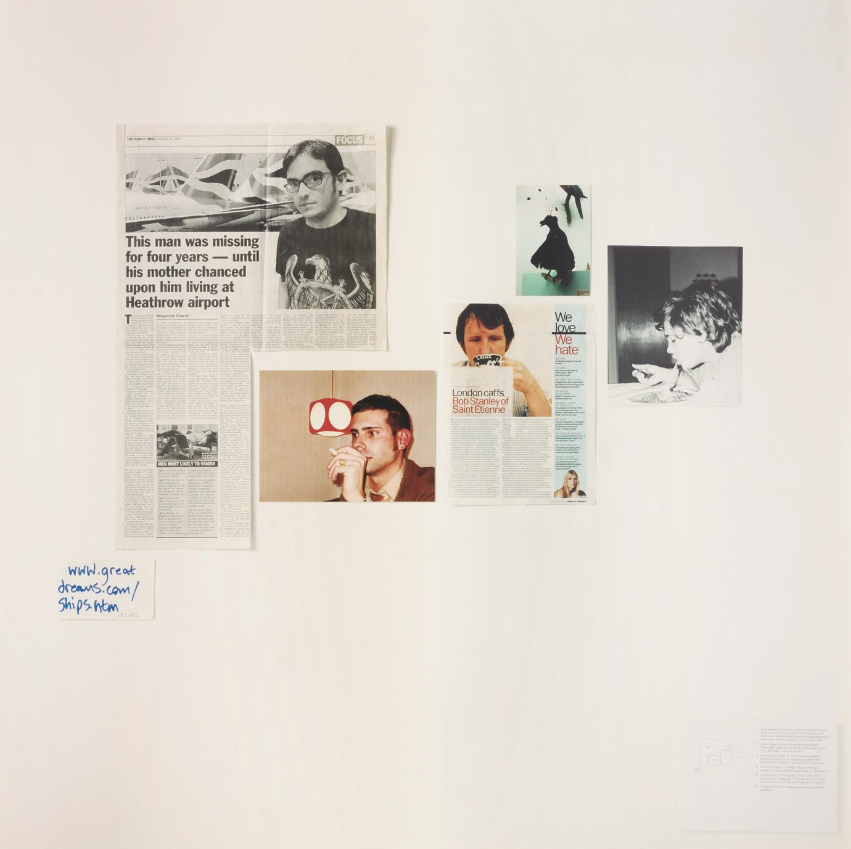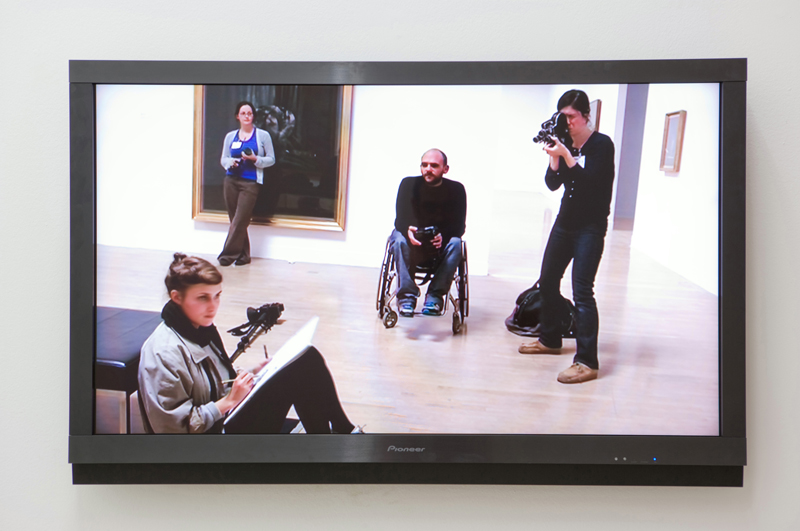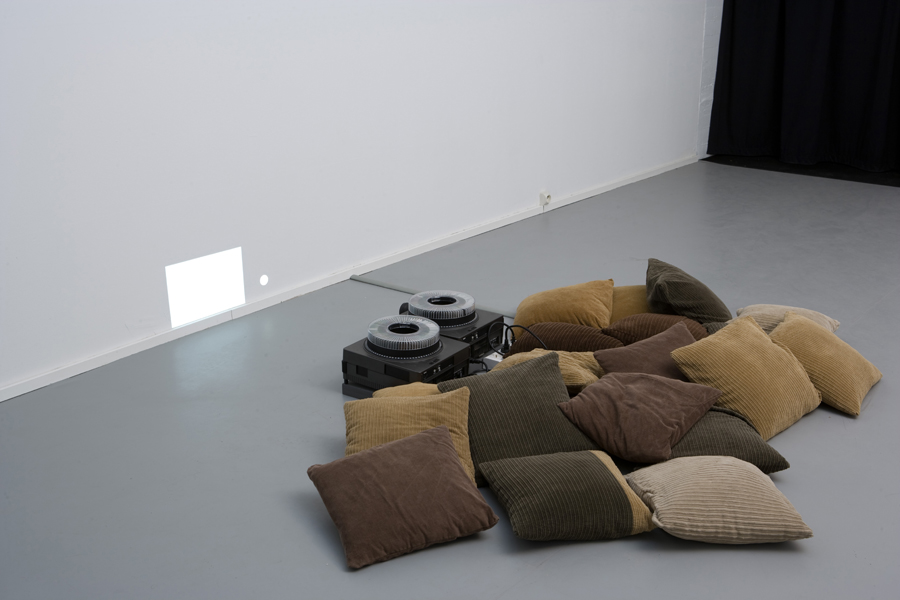Wagon Wheel
2007 - Sculpture (Sculpture)
110 x 80 x 50 cm
Toby Ziegler
Wagon Wheel is a work with a fundamental dynamism that derives both from the rotating movement of the elements suspended on poles and the kicking of the legs of the figure. It is based on a pornographic image by Giulio Romano (ca.1499-1546). Romano had completed Raphael’s frescos in the Vatican after the latter’s death but was not paid for the work. Ziegler relates how in revenge Romano drew pornographic images on the buildings of the Vatican. The Pope erased them but Marcantonio Raimondi (ca. 1480-1534) turned the images into prints, a series called « I Modi », which were widely circulated in Rome and for which he was jailed. The Pope, realising they brought him into disrepute, gathered them all together and destroyed them. Other artists had copied them, however, and such copies exist in the British Museum. Wagon Wheel is the first sculpture of the figure that Ziegler made. He has since moved into figurative painting but he states that he could not have done this without making sculpture first. He believes this particular work is crucial to that development. It was inspired not only by the Romano prints, but also by seeing a sculpture of hands by Rodin. He feels that most of Rodin’s sculptures are too complete for him to be able to work off them. But the sculpture of a hand fired his imagination because of its incompleteness. Wagon Wheel also relates to the sculpture of Ancient Greece which is frequently displayed as a compilation of fragments, with armatures supporting disparate parts and acting as surrogate limbs or body parts.
Toby Ziegler is a British artist whose work first came to view in an exhibition called Expander in 2004. His paintings are based on photographs that he digitally manipulates to render them more abstract. His sculptures are closer to being figures and it is in a figurative direction that his painting is now going. These sculptures, therefore, are important transitional works. Most of Ziegler’s sculptures are made out of cardboard or paper and covered in numerals which he employs to piece them together. Like the paintings, the sculptures emanate from digital images. He uses computer-aided design to generate line drawings and then, with scissors and glue, pieces them together. The forms of his sculptures have a relationship to Cubism, whose spatial complexity Ziegler admires, and perhaps also De Kooning for their sexual overtones. The numerals make oblique reference to his father’s mania for indexing and cataloguing but are also used in scaling up the works. Toby Ziegelr was born in 1972 in London. He lives and works in London.
Colors:
Related works from the » 2000's created around » London, United Kingdom

© » KADIST
Martin Creed
2003This photograph of Martin Creed himself was used as the invitation card for a fundraising auction of works on paper at Christie’s South Kensington in support of Camden Arts Centre’s first year in a refurbished building in 2005...

© » KADIST
Alexandre da Cunha
2005His Deck Painting I recalls the simplistic stripes of conceptual artist Daniel Buren, or the minimal lines of twentieth century abstract painting, but is in reality a readymade, fashioned from repurposed fabric of deck chairs...

© » KADIST
Fred Wilson
2009Fred Wilson’s flag paintings document the 20th century history of African people, indexing the period of liberation from colonialism...

© » KADIST
Alexandre da Cunha
2005Glaze (Savana) (2005) is an assemblage of found materials: a car wheel, a tire, and a wooden plinth of the type traditionally used to display sculpture...

© » KADIST
Cerith Wyn Evans
2008Untitled (Perfect Lovers + 1) by Cerith Wyn Evans takes as its starting point Felix Gonzales-Torres’s seminal work Untitled (Perfect Lovers) , in which two clocks were synchronized and left to run without interference, the implication being that one would stop before the other...
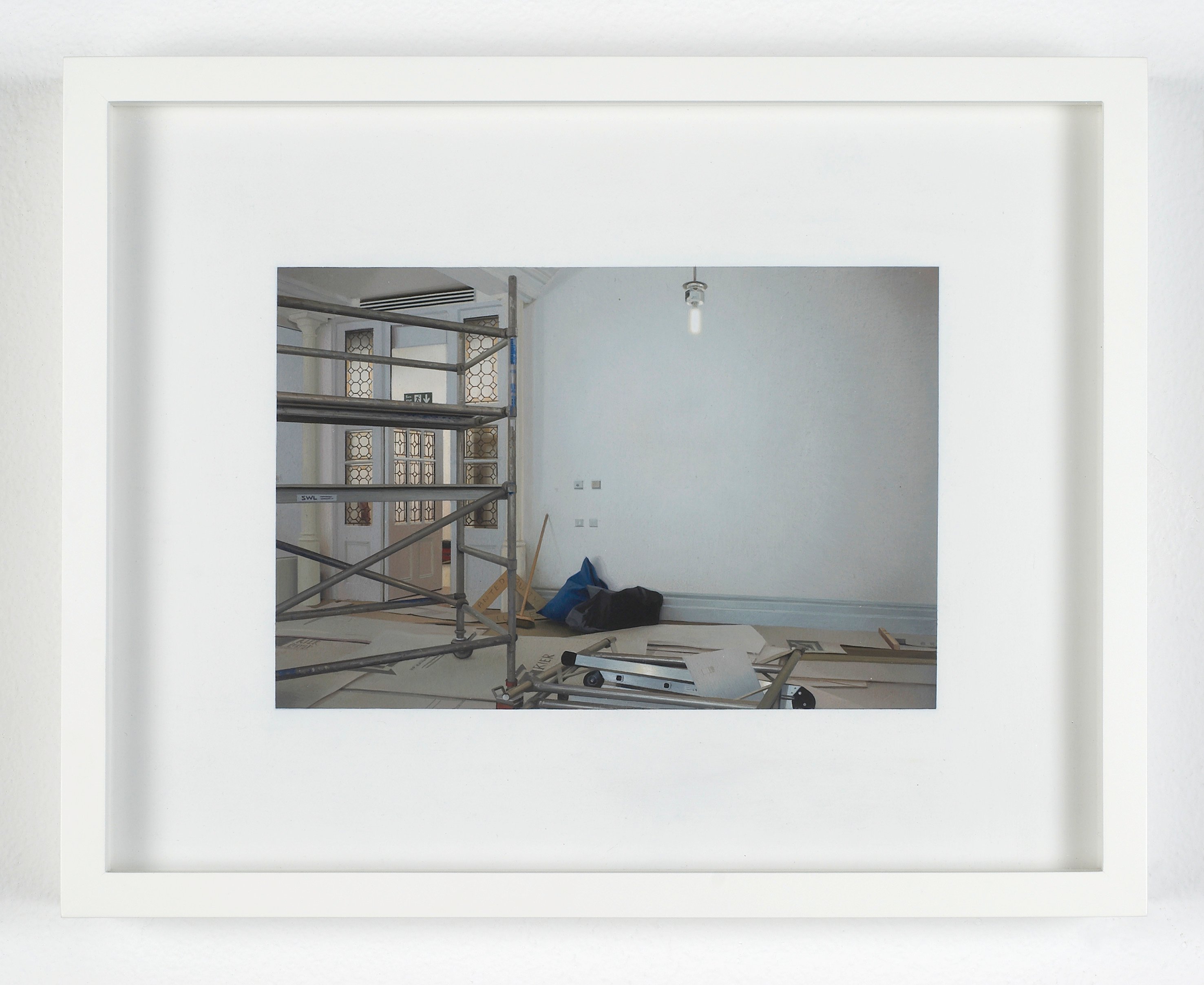
© » KADIST
Andrew Grassie
2009In 2008, Grassie was invited by the Whitechapel Gallery to document the transformation of some of its spaces...

© » KADIST
Kelley Walker
2004The triptych Black Star Press is part of the series ‘The Black Star Press project’ initiated in 2004 by the American artist Kelley Walker...

© » KADIST
Matthew Buckingham
2002Matthew Buckingham presents a narrative directly connected with a highly symbolic site in the United States, the Mount Rushmore Memorial*...
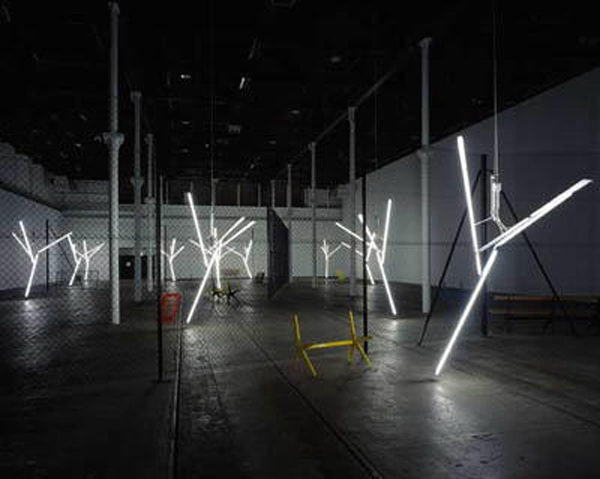
© » KADIST
Martin Boyce
2003In the installation Our Love is like the Flowers, the Rain, the Sea and the Hours, Martin Boyce uses common elements from public gardens – trees, benches, trashbins– in a game which describes at once a social space and an abstract dream space...

© » KADIST
Ian Breakwell
2008“BC/AD” (Before Cancer, After Diagnoses) is a video of photographs of the artist’s face dating from early childhood to the month before he died, accompanied by the last diary entries he wrote from April 2004 to July 2005 (entitled “50 Reasons for Getting Out of Bed”), from the period from when he lost his voice, thinking he had laryngitis, through the moment he was diagnosed with lung cancer and the subsequent treatment that was ultimately, ineffective...

© » KADIST
Hiraki Sawa
2006Hako (2006) depicts a mysterious and dystopic landscape where the world becomes flat: distance between different spaces, depth of field and three-dimensional perceptions are canceled...
